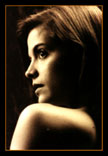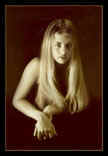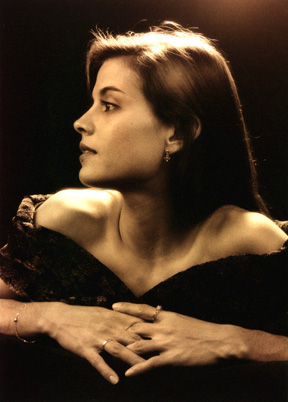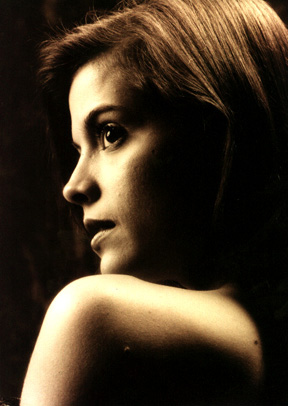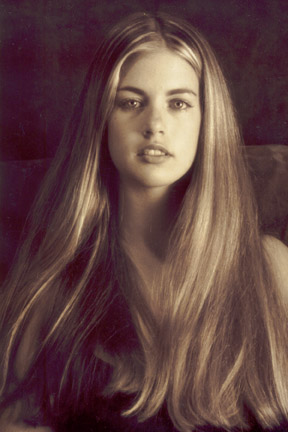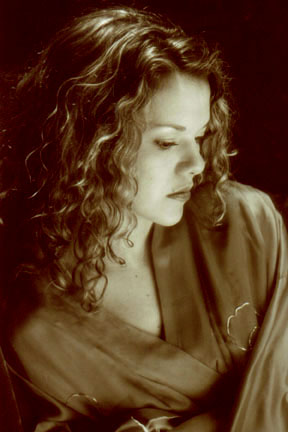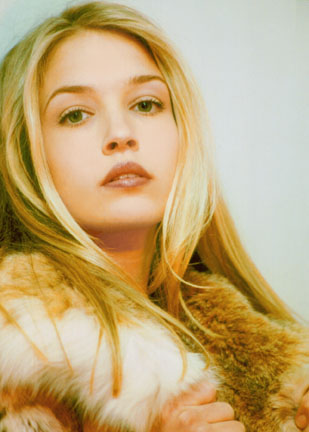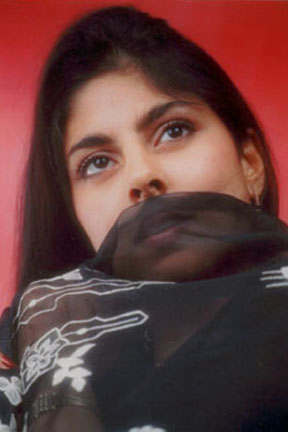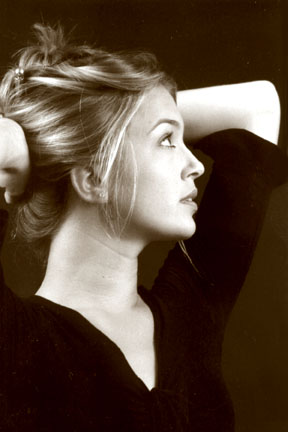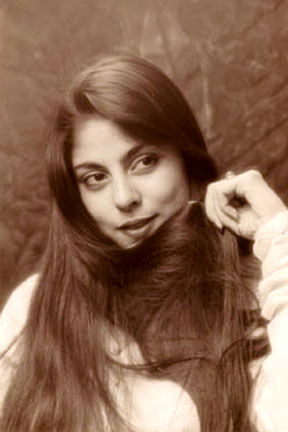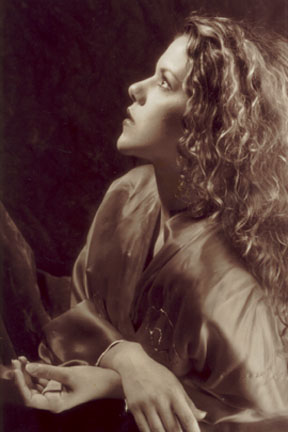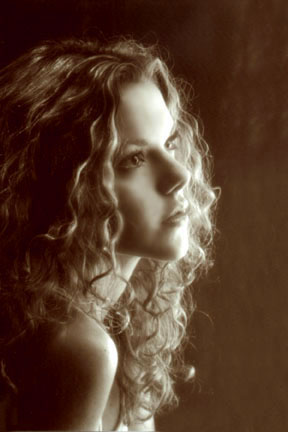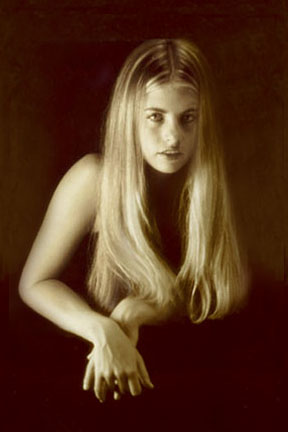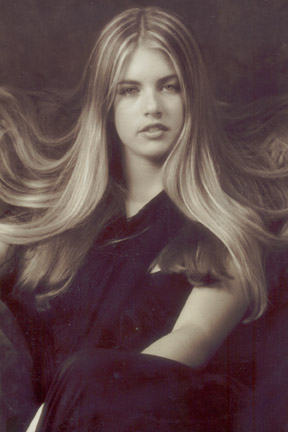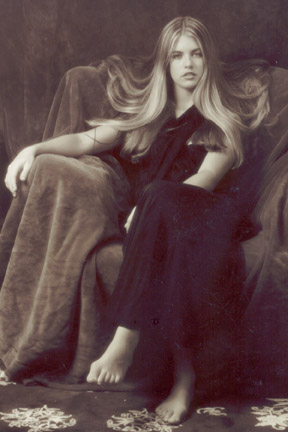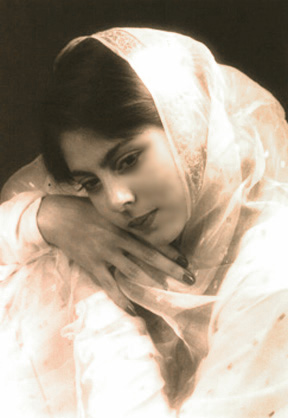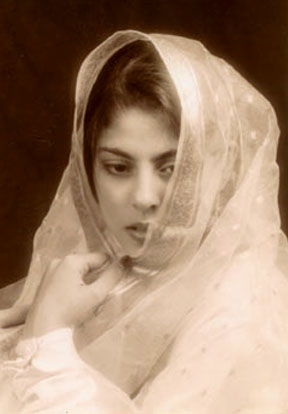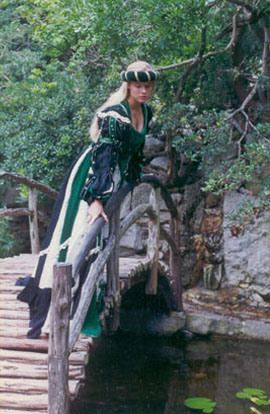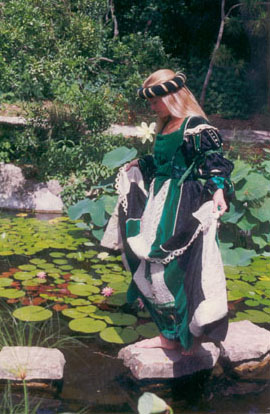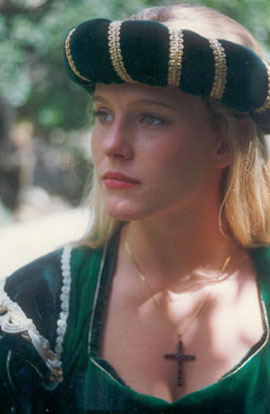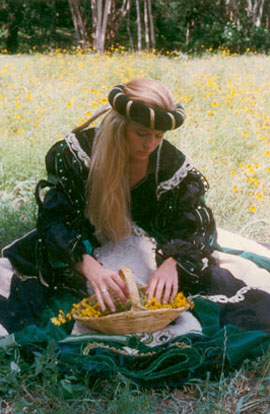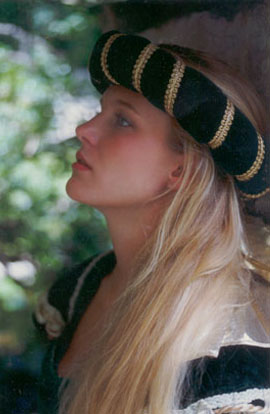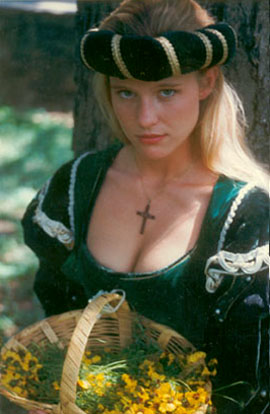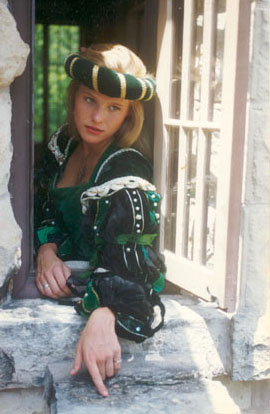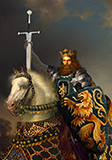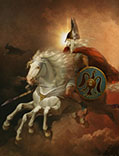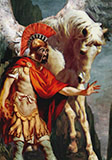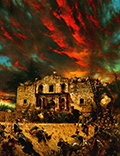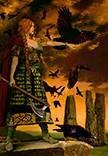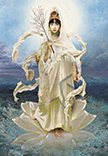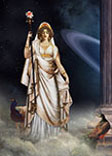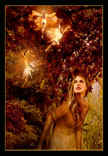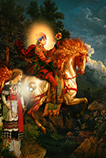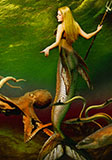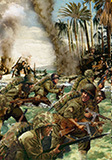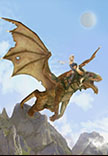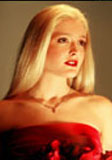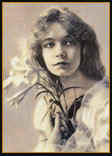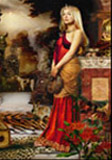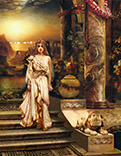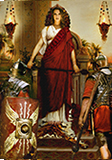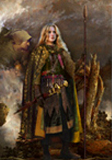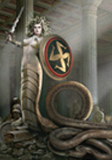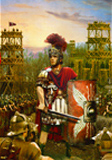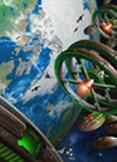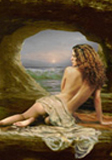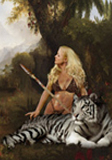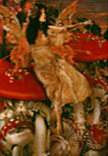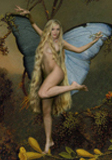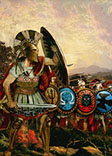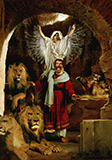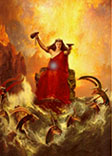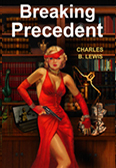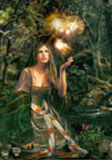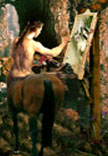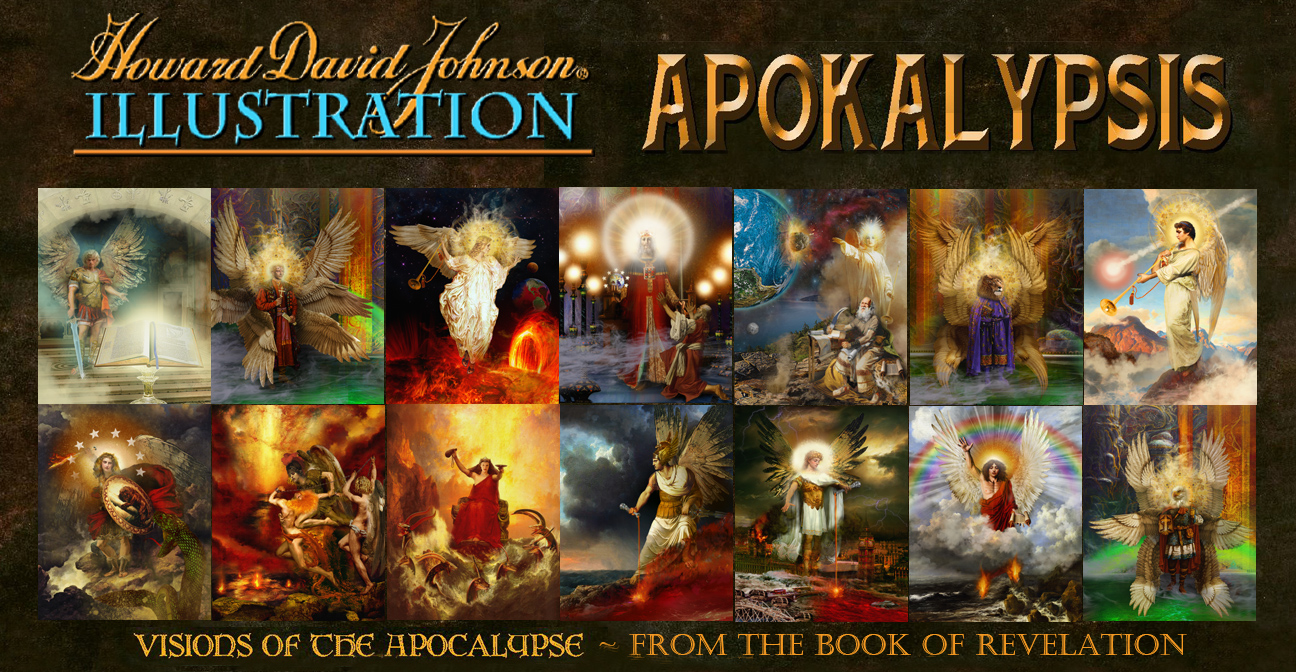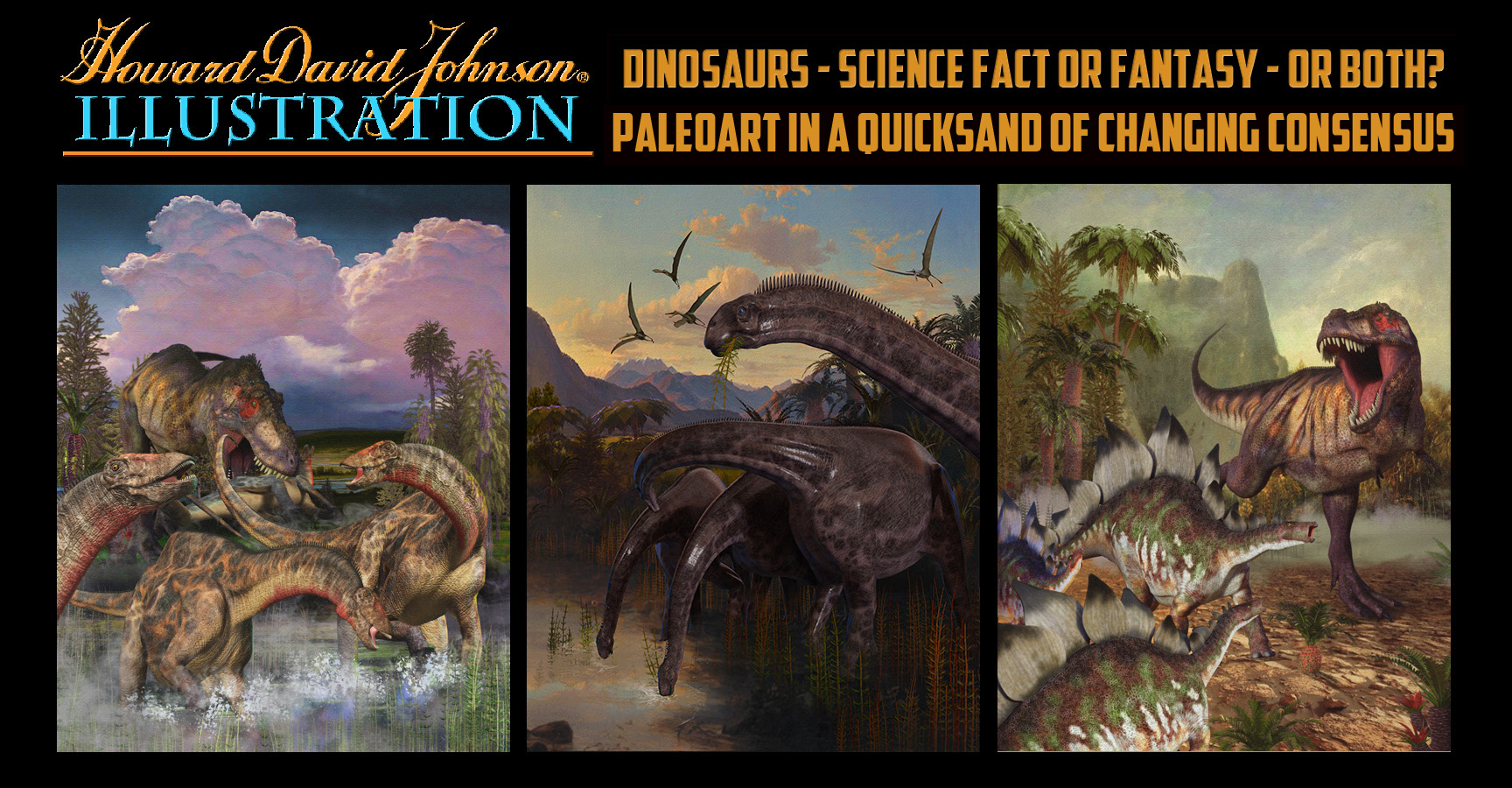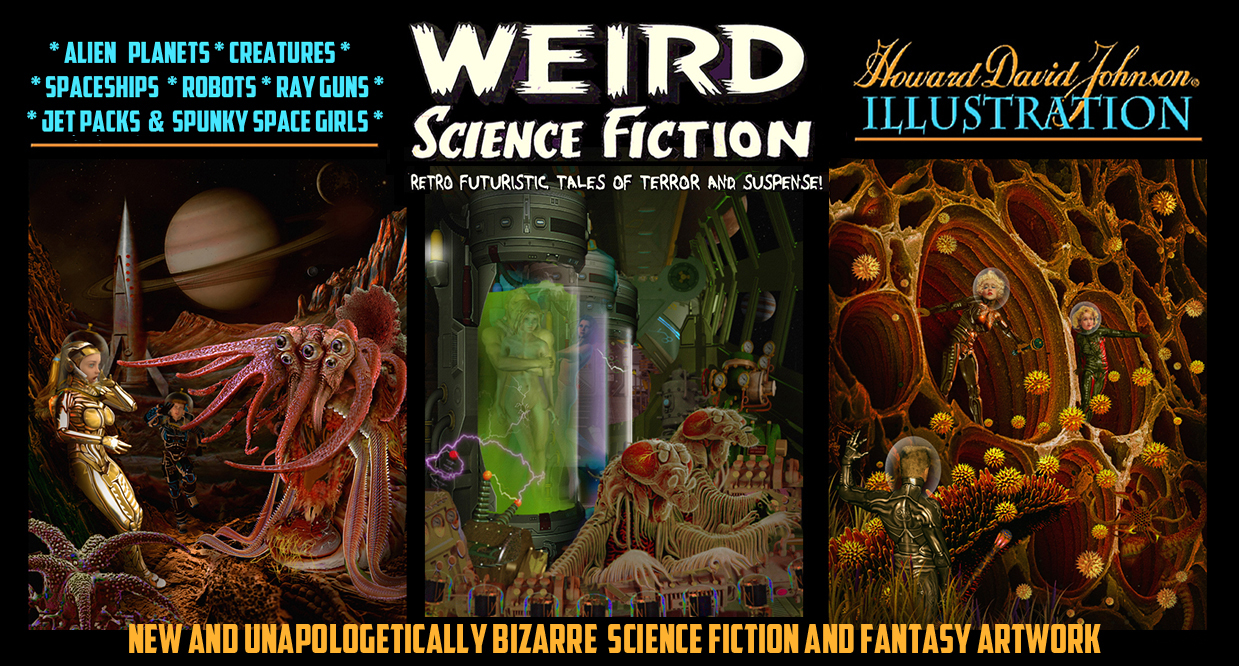|
This
Gallery has been
honored by more than 35,000,000 Unique Visitors
from the
Four
Corners of the Earth
My
Friends from around the world thus far :
England, Canada,
Scotland, Wales, Ireland,
Germany, France,
Monaco, Andorra, Italy, The Vatican
City State,
Greece, Macedonia, Cyprus, Turkey,
Belgium, Denmark,
The Faroe Islands, Greenland, Yugoslavia,
Macedonia, Croatia, The Czech Republic,
Bosnia, Herzegovina, Slovakia, Slovenia,
Luxembourg, Latvia, Estonia, Hungary, Bulgaria,
Lithuania, Poland, Austria, Romania,
Spain, The Russian Federation, Estonia,
Ukraine, Kazakhstan, Moldova, Malta,
Iceland, Finland, Norway, Netherlands,
Switzerland, Liechtenstein, Sweden, Portugal,
Albania, Armenia, Georgia, Slovak Republic,
Azerbaijan, Belarus, Kazakhstan, Gibraltar,
Israel, Palestinian Territories, Egypt,
Libya, Mali, Algeria, Niger, Saudi Arabia,
Oman, The United Arab Emirates,
Kuwait, Bahrain, Qatar, Yemen, Iraq,
Iran, Jordan, Syria, Lebanon,
Morocco, Ethiopia,
Eritrea, Liberia, The Republic of
Congo, Rwanda, Kenya, Angola,
Ghana, The Ivory Coast, Zambia, Zimbabwe,
Sudan, Nigeria, Namibia, Sudan,
Uganda, Kenya, Eritrea, Tanzania,
Botswana, Malawi, Senegal, Djibouti, Cameroon,
Chad, Gambia, Mozambique, Swaziland,
Lesotho, South Africa, Seychelles, Viet Nam,
Japan, South Korea, China, Hong Kong,
Macau, Mongolia, Mauritius, Singapore, Thailand,
Cambodia, Laos, Myanmar,
Macau, Malaysia, Taiwan, Nuie, New
Zealand, Fiji,
Cook Islands, New Caledonia, Vanuatu, American
Samoa, Australia,
Micronesia, Polynesia, Papua New Guinea, The Heard
and McDonald Islands,
The Philippines, Guam, Palau, Cocos Island, The
Kingdom of Tonga,
Malaysia, Brunei Darussalam, India,
Pakistan, Afghanistan, Bhutan,
Bangladesh, Sri Lanka, Chagos Islands, The Republic
of Maldives,
Turkmenistan, Kyrgyzstan, Uzbekistan,
Tajikistan, Azerbaijan, Nepal,
Indonesia, Chile, Argentina, Uruguay,
Paraguay, Brazil, Peru, Aruba,
Venezuela, Bolivia, Suriname, Guyana, Aruba,
The Dominican Republic, Guatemala, Costa Rica,
Colombia, Trinidad and Tobago, Antigua and
Barbuda, Barbados, The Virgin Islands, Saint
Lucia, The Netherlands Antilles, Panama,
Northern Mariana Islands, Saint Vincent &
Grenadines, Grenada, Ecuador,
Belize, Nicaragua, El Salvador,
Bermuda, Cuba,
Jamaica, Dominica, Haiti, Puerto Rico, Cayman
Islands, The Bahamas, Honduras,
Mexico,
Madagascar, Central African Republic, Ethiopia,
Gabon,
San Marino, Saint Kitts & Nevis
Anguilla, Burkina Faso, Equatorial
Guinea, Polynesia, Madagascar,
Mauritania, Burundi, and my home, The Great
Free State of
Idaho (USA)...
If
your home is not listed here please
e-mail and tell us where you're from...
info@howarddavidjohnson.com
Your
business, letters and links are always welcome!
|
